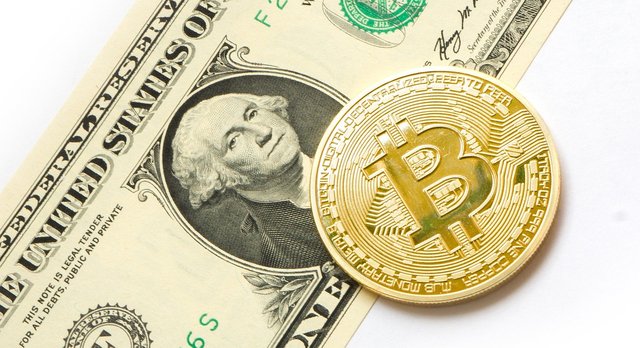The cryptocurrency market is famously volatile, characterized by significant price swings that can result in both steep declines and impressive gains within short periods.
#Bitcoin (CRYPTO: BTC) reached a record high earlier this year, driven by excitement surrounding the launch of new spot Bitcoin ETFs. The leading cryptocurrency surged 177% from its October lows to peak at $73,750 in March. As of now, it has retraced to approximately $60,000 per Bitcoin.
According to two Wall Street analysts, Bitcoin may see a significant price surge in the next six months, potentially hitting $150,000 by the end of 2024—a 150% increase. Both Tom Lee from Fundstrat and Geoff Kendrick from Standard Chartered anticipate the cryptocurrency surpassing its previous record highs later this year.
The most recent challenge for Bitcoin is nearly behind it
Bitcoin's price dynamics are chiefly governed by supply and demand. Earlier this year, the Bitcoin halving reduced the cryptocurrency's supply growth rate. Historically, such halvings have been bullish for Bitcoin, as demand typically outpaces the slower supply increase. However, a substantial influx of supply continues to pose a challenge to Bitcoin's price.
Shortly after the recent Bitcoin halving, creditors of the defunct Mt. Gox Bitcoin exchange, which filed for bankruptcy in 2014, received positive news. Mt. Gox, once the world's largest Bitcoin exchange, suffered a significant hack in 2014 resulting in the loss of over 850,000 Bitcoin. In April, the Mt. Gox trustee announced plans to initiate repayments starting in October.
Later in June, the trustee confirmed distributions would commence in July. Two years ago, the Mt. Gox trustee held 142,000 Bitcoin, valued at over $8.5 billion at current prices. If creditors opt to sell their Bitcoin, it could exert considerable downward pressure on Bitcoin's price. This potential selling pressure has been factored into Bitcoin's price over recent months.
However, Bitcoin's demand largely hinges on future expectations. With the Mt. Gox settlement nearing completion, analyst Lee views this as a bullish catalyst for Bitcoin investment. In an interview with CNBC, he stated, "That was a significant overhang for many years. But with the impending resolution in July, I believe it's a reason to anticipate a notable rebound in the latter half of the year." Lee remains optimistic that Bitcoin could still reach $150,000 per coin by year-end.
Analyst Kendrick highlights macroeconomic events such as the U.S. election as potential drivers for Bitcoin's price trajectory later this year. He envisions a scenario where Bitcoin could hit $100,000 by election day and potentially rise to $150,000 by the close of 2024.
This major source of demand will drive Bitcoin higher
The primary catalyst for Bitcoin's long-term price appreciation lies in its increasing adoption among institutional investors.
The recent approval of spot Bitcoin ETFs in January has opened up a more accessible avenue for institutional investment in the cryptocurrency. This opportunity spurred significant interest among hedge fund managers, who allocated $4.2 billion to the Grayscale Bitcoin Trust (NYSEMKT: GBTC) and another $3.2 billion to the iShares Bitcoin Trust (NASDAQ: IBIT) by the end of the first quarter, according to SEC filings.
While inflows into Bitcoin ETFs have slowed in the second quarter, the potential for broader institutional adoption remains strong. Ark Invest, led by Cathie Wood, anticipates Bitcoin will become a pivotal asset in institutional portfolios going forward. Their analysis suggests that a 1% allocation of investable assets into Bitcoin could drive the cryptocurrency's price to $120,000, with potential for even greater allocation.
With institutional demand rising and supply growth slowing, Bitcoin's price has ample room to appreciate further. Whether it achieves $150,000 by year-end remains uncertain, given its history of significant price movements within short periods. For those optimistic about Bitcoin's future, the present moment presents an opportune time for investment.
